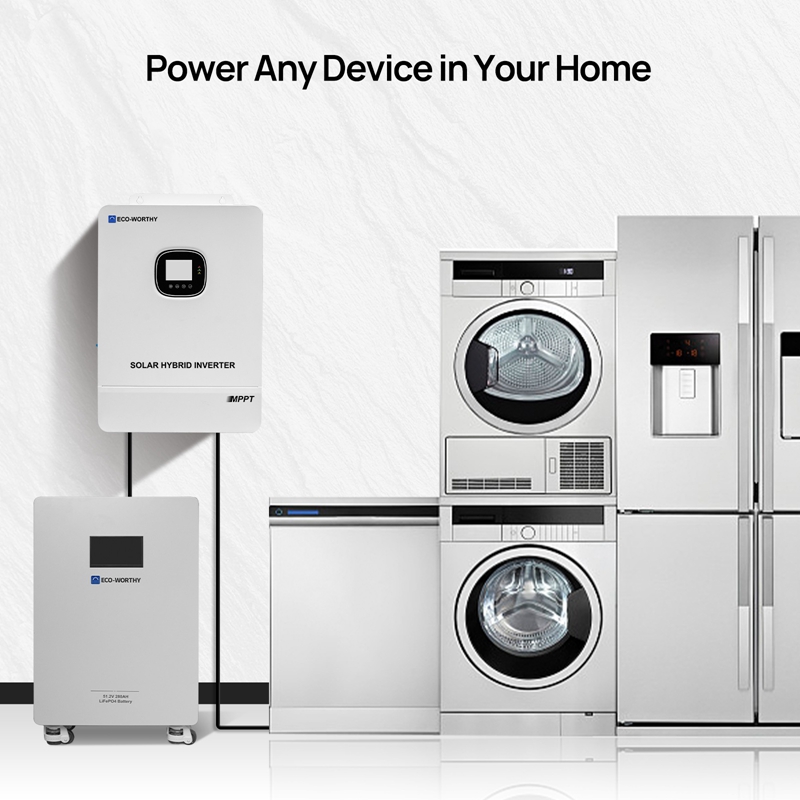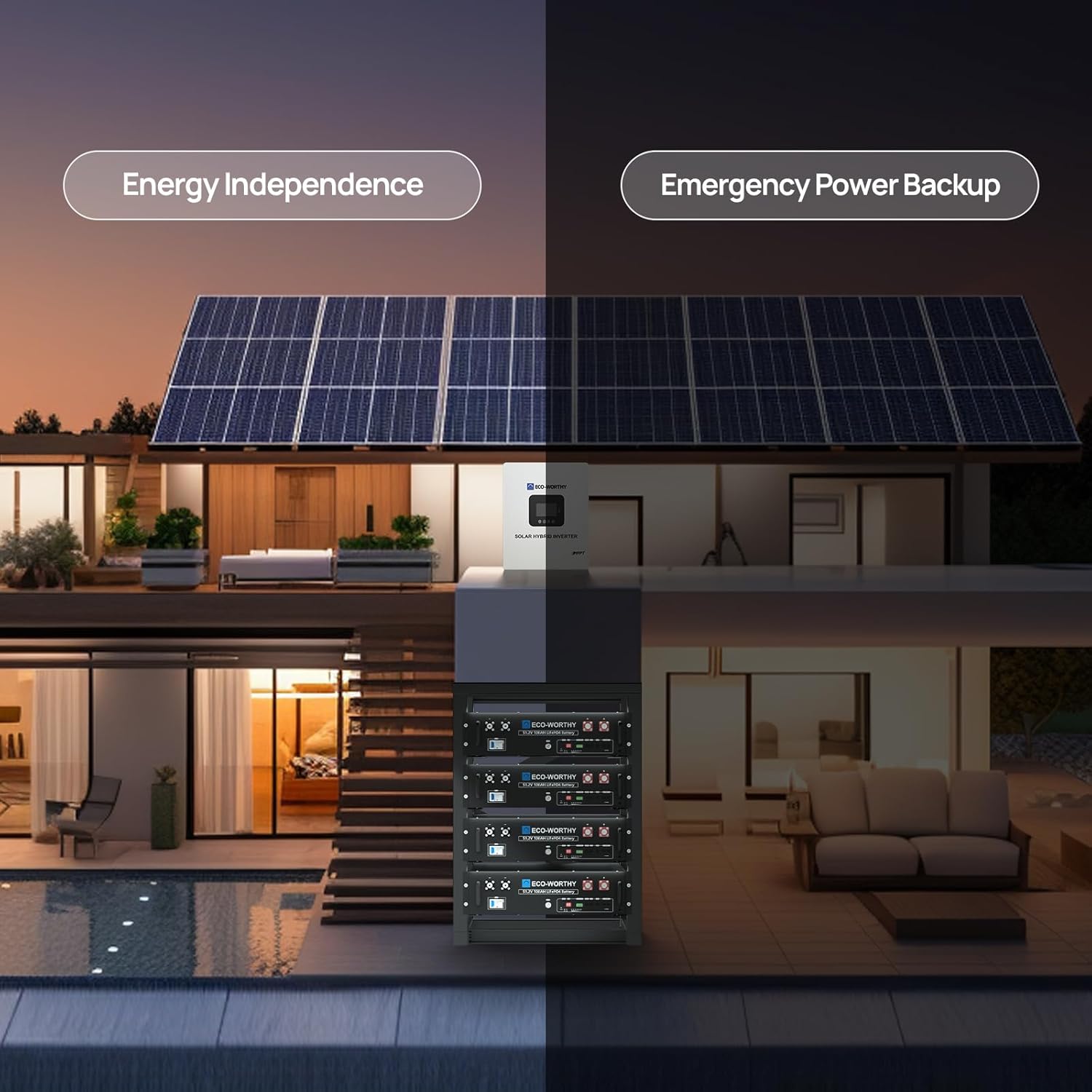The Future of Smart Homes: How Your House Will Power Itself
Aug 07, 2025
Envisioning a life where your home’s energy storage, IoT devices, and AI work together for total energy independence.
Are you tired of being at the mercy of rising electricity bills and unexpected power outages? Imagine a home that intelligently manages its own power, drawing from the sun and storing energy for when you need it most. This isn't science fiction—it's the future of residential energy, and it's already here. With the convergence of home energy storage systems, the Internet of Things (IoT), and Artificial Intelligence (AI), your house is about to get a lot smarter about how it consumes and generates power.
The Smart Energy Storage System: Your Home's New Brain
At the heart of this revolution is a sophisticated energy storage system. It's more than just a big battery; it's the central brain that makes all the decisions. Brands like Eco-worthy are leading the charge with reliable LiFePO4 battery technology, which offers long lifespans and superior safety. These batteries are the foundation of your home’s energy independence.
AI-Powered Optimization: This is where the magic happens. An AI algorithm learns your family's unique energy consumption patterns. It monitors real-time electricity prices, checks the weather forecast for solar generation, and makes smart choices. For instance, the system might automatically charge your Eco-worthy 48V 100Ah LiFePO4 battery during off-peak hours when electricity is cheapest, then use that stored energy to power your home during expensive peak times, saving you money without you lifting a finger.
Seamless Power Backup: When a grid outage occurs, your smart storage system seamlessly switches to battery power. This isn't a bulky, noisy generator; it's an instant, silent transition that keeps your essential appliances—from your fridge to your Wi-Fi router—running without interruption.
The Internet of Things (IoT): The Nervous System of Your Home
The IoT is the crucial link that connects every device in your home to the energy brain. It's what allows your energy storage system to communicate with your appliances and make intelligent decisions.
Automated Device Management: Imagine your home knowing exactly which devices are consuming the most power. During a cloudy day when solar input is low, the system could automatically adjust your smart thermostat or briefly reduce power to non-essential devices, ensuring there's enough energy for critical needs.
EV Integration: With more families owning electric vehicles, the demand for charging is a major factor. Your smart home will integrate with your EV charger. Instead of charging your car immediately after work, the system will wait until the sun is at its peak or electricity rates are at their lowest, ensuring your Eco-worthy 48V 280Ah LiFePO4 battery is always ready while your car is charging efficiently.
A Glimpse into the "Self-Sufficient" Home
Let's look at how this all comes together. Your home starts the day by drawing power from your Eco-worthy 48V 50Ah LiFePO4 battery, which charged overnight. As the sun rises, the system switches to solar panels, simultaneously powering your home and recharging the battery. Throughout the day, the AI continuously optimizes power flow. If a storm is on the way, it will prioritize fully charging the battery to prepare for a potential blackout.
This level of intelligent control isn't just about saving money; it's about empowerment. It gives you control over your energy and contributes to a more sustainable future by reducing your reliance on fossil fuels.
The Eco-worthy Advantage: Tailored Solutions for Every Home
Your home's energy needs are unique, and your storage system should be too. That's why options like the Eco-worthy 48V 50Ah are perfect for smaller households or backup needs, providing reliable power in a compact package. For larger homes with higher energy demands, the 48V 100Ah or even the powerful 48V 280Ah models offer scalable solutions that can be expanded over time. Each of these models utilizes the same advanced LiFePO4 battery technology, ensuring a safe, efficient, and long-lasting investment.
Conclusion: Are You Ready for the Future?
The synergy between smart home devices, IoT, and reliable energy storage is transforming houses into active participants in their own energy management. The era of the "self-powering" home is no longer a distant dream—it's the next step in modern living.
Is your home ready to take control of its energy future?

